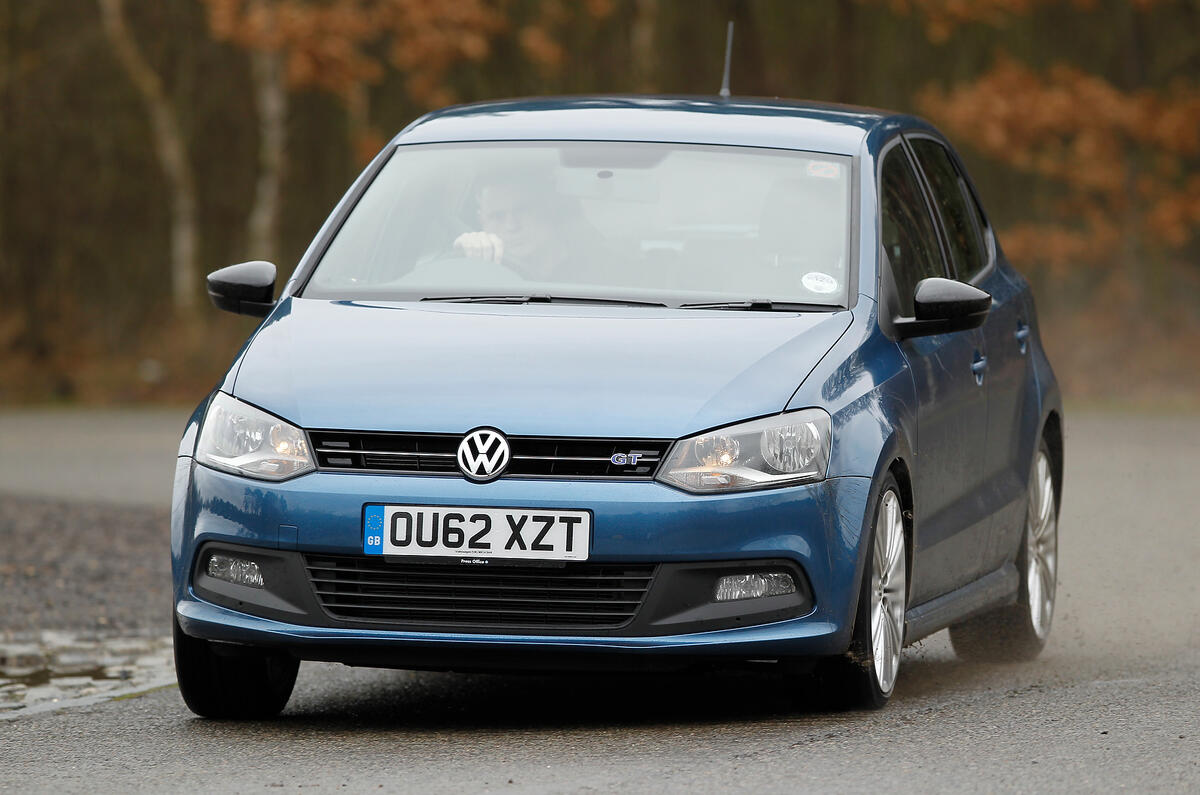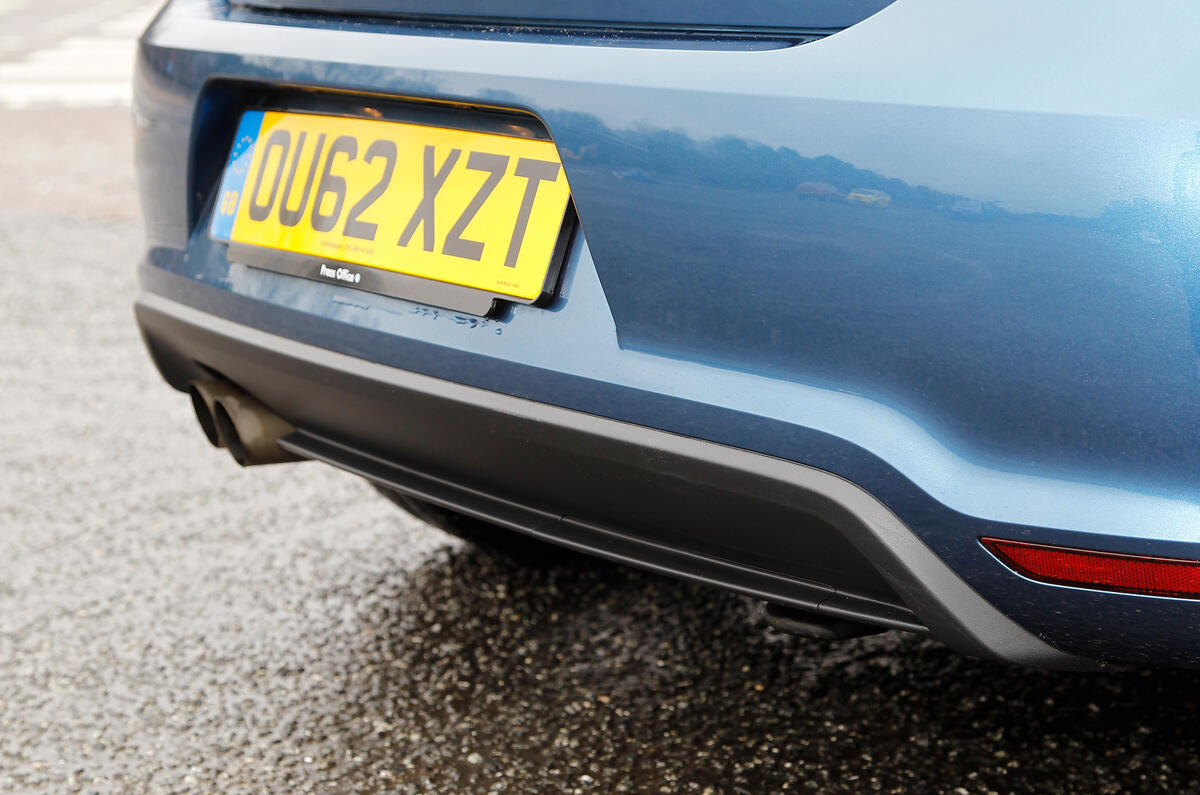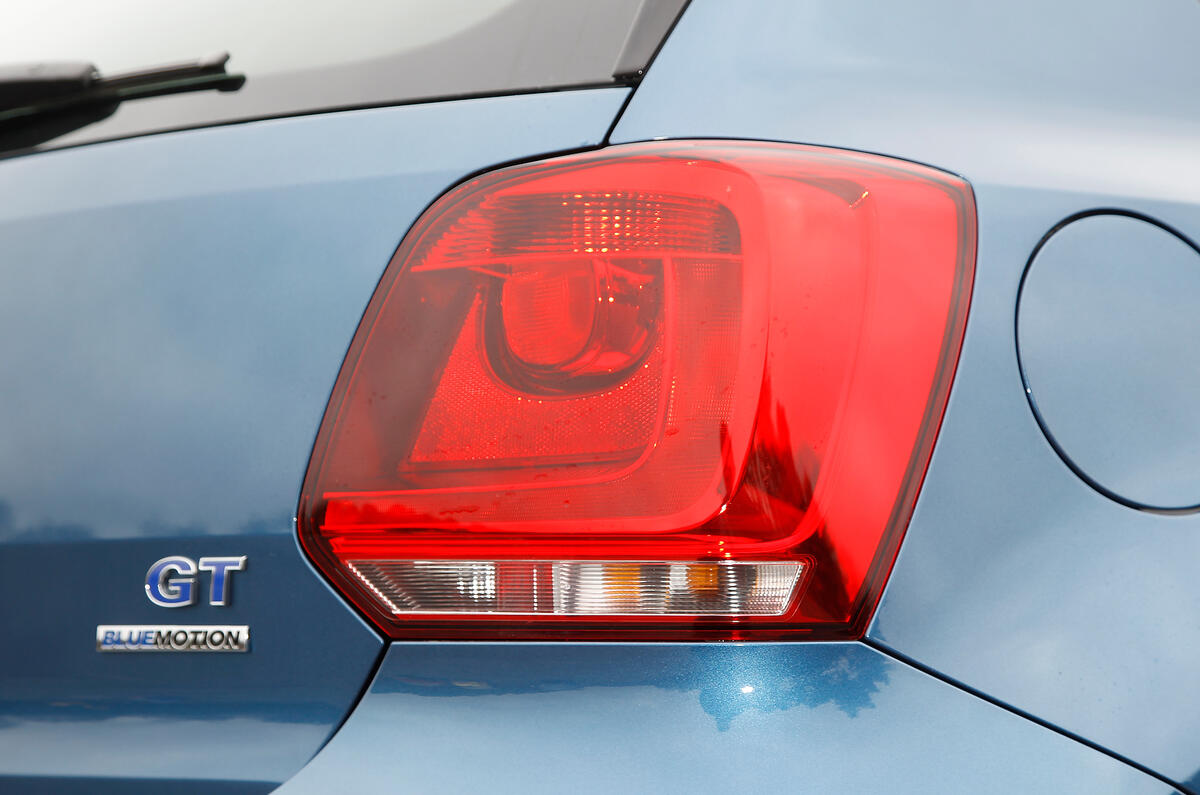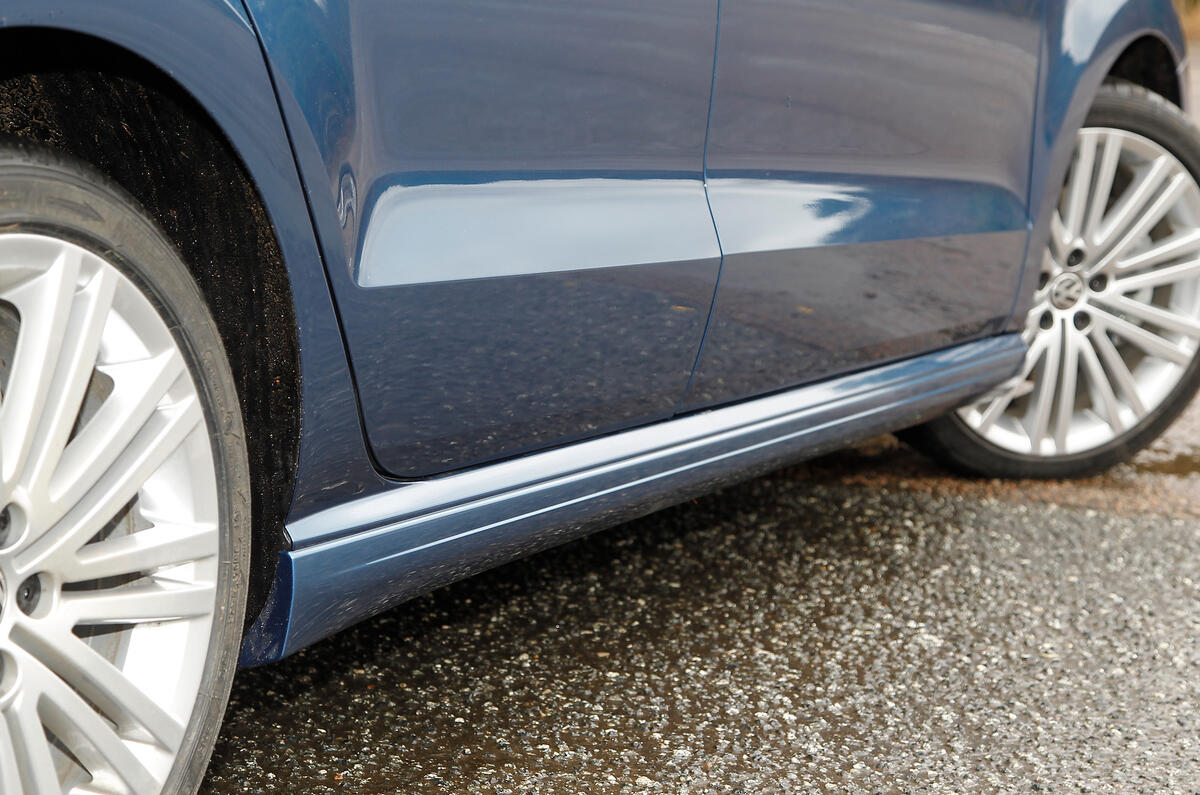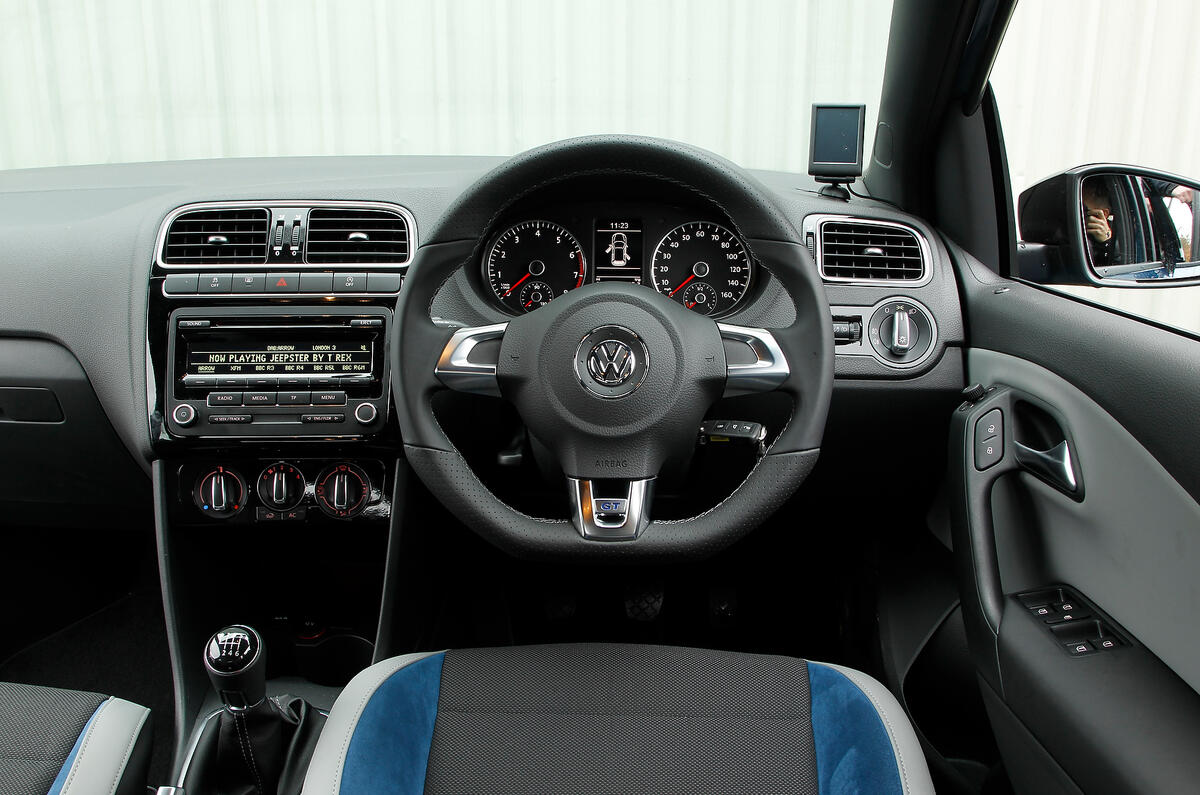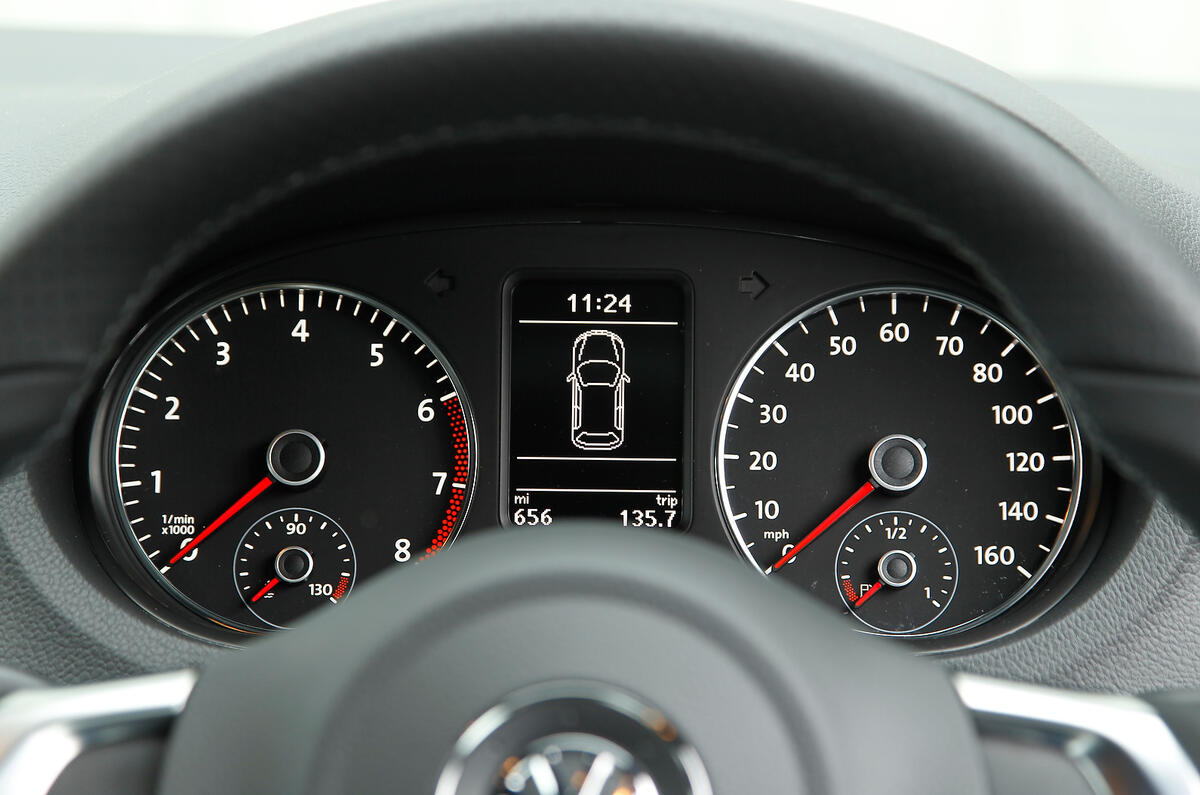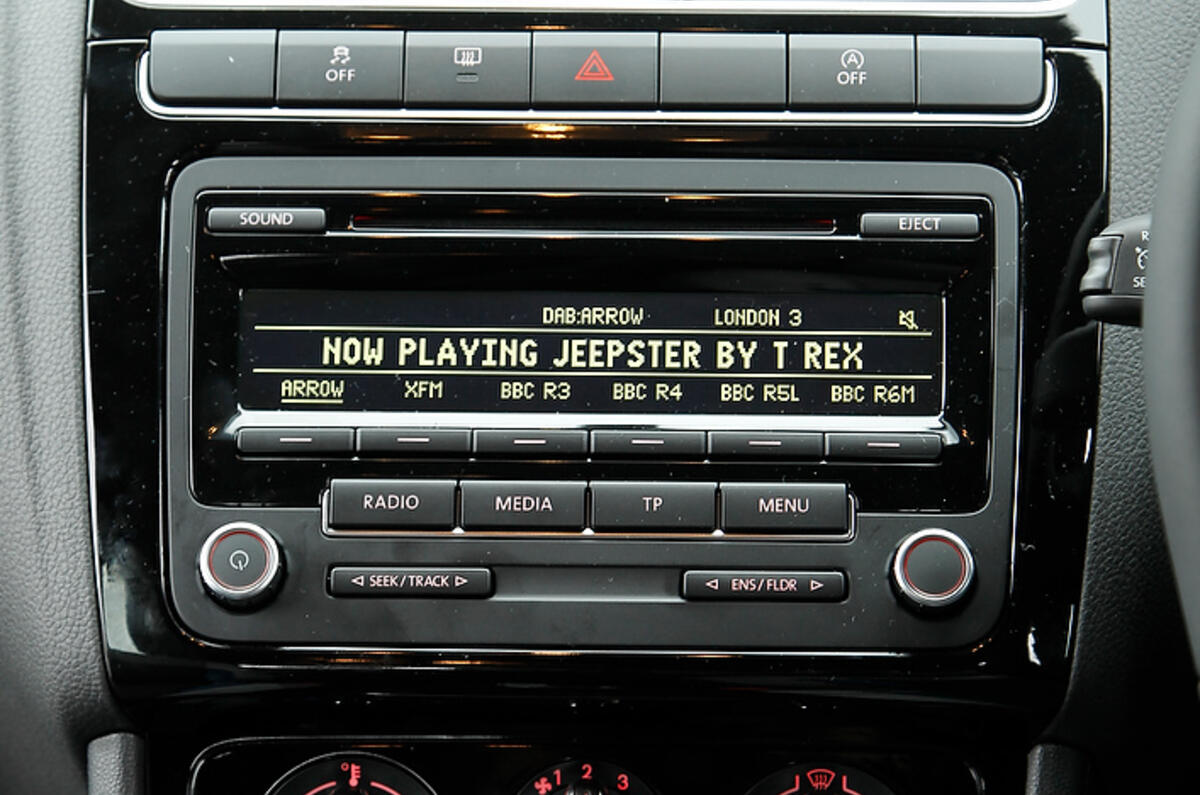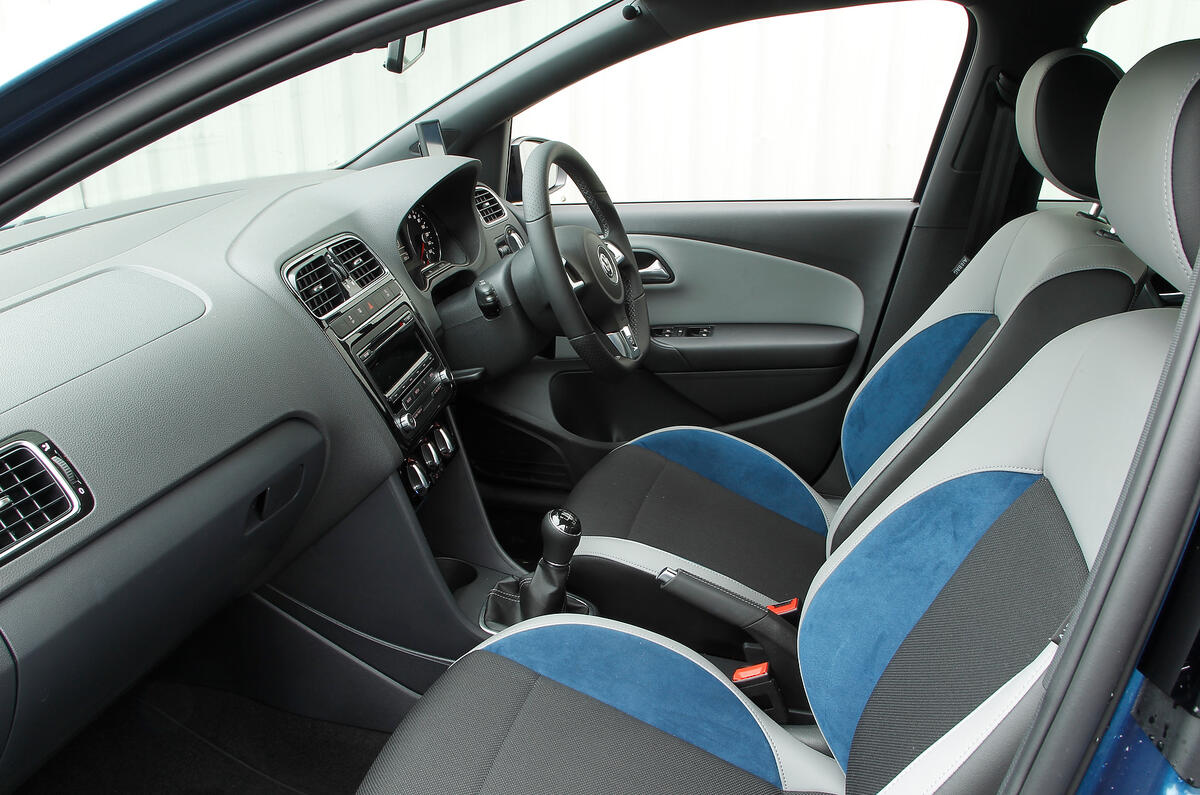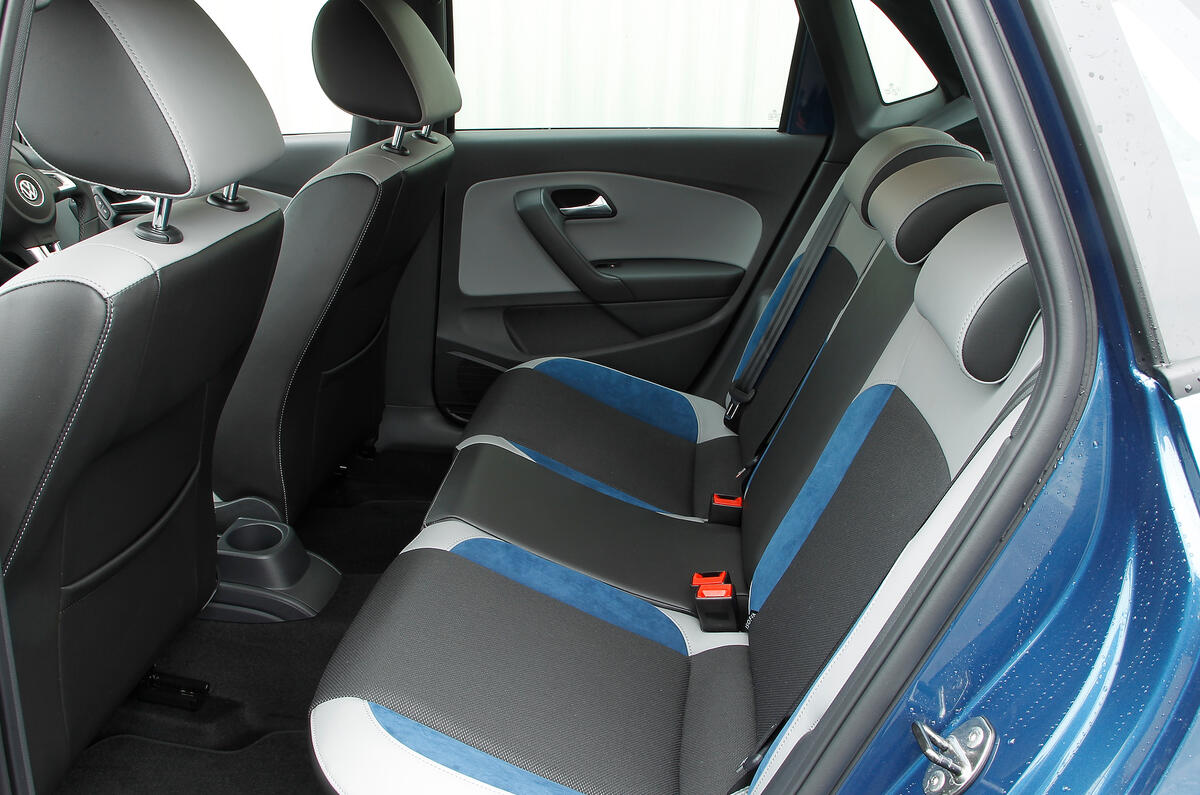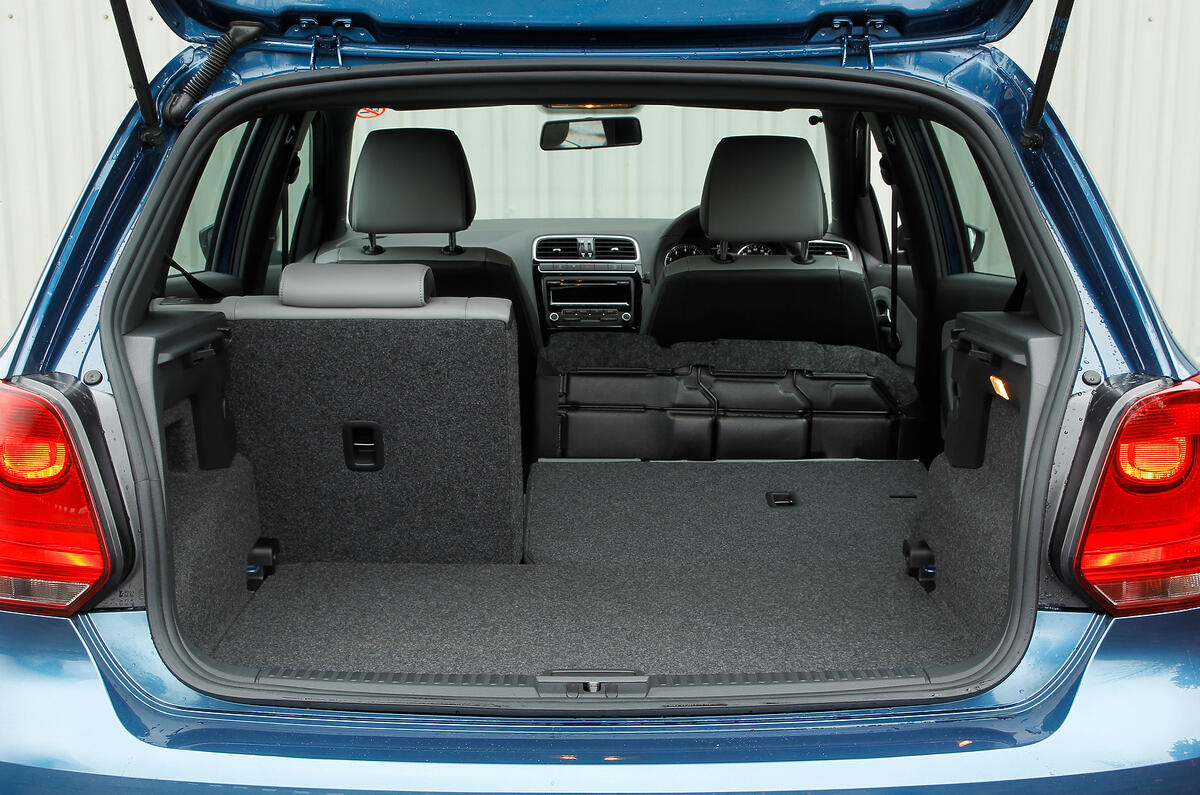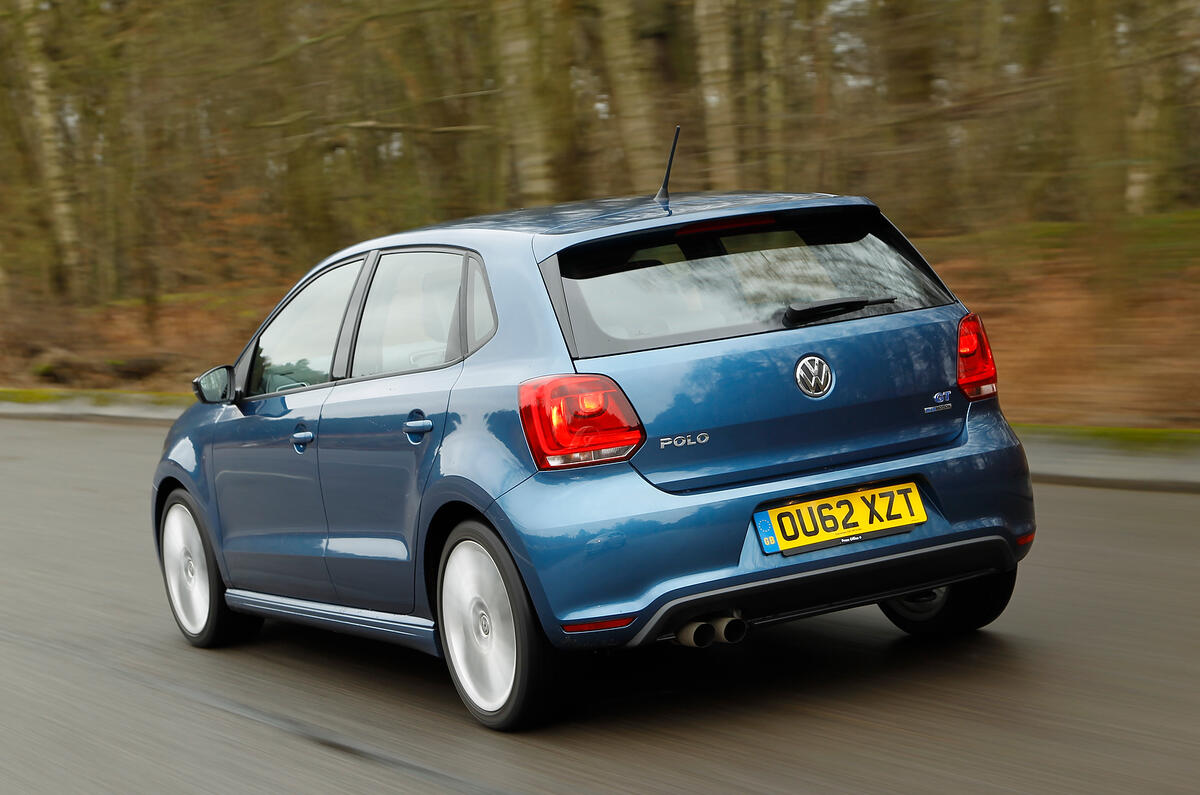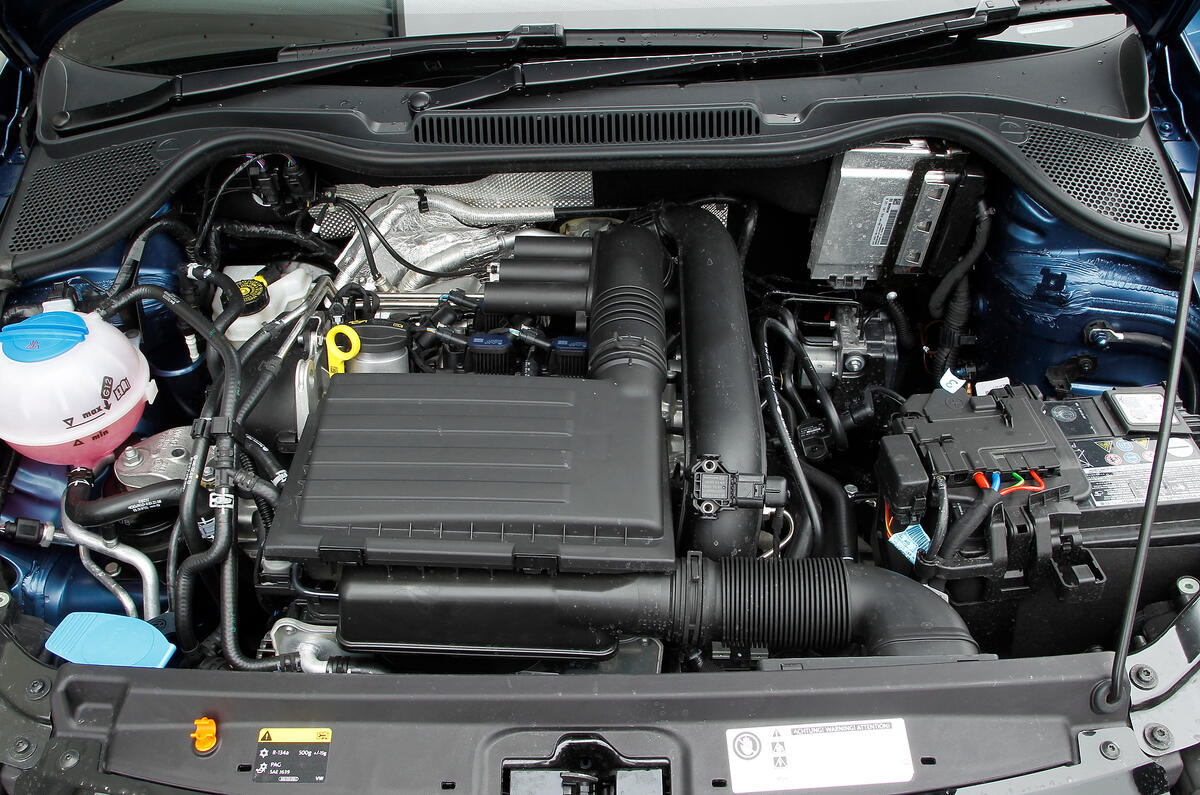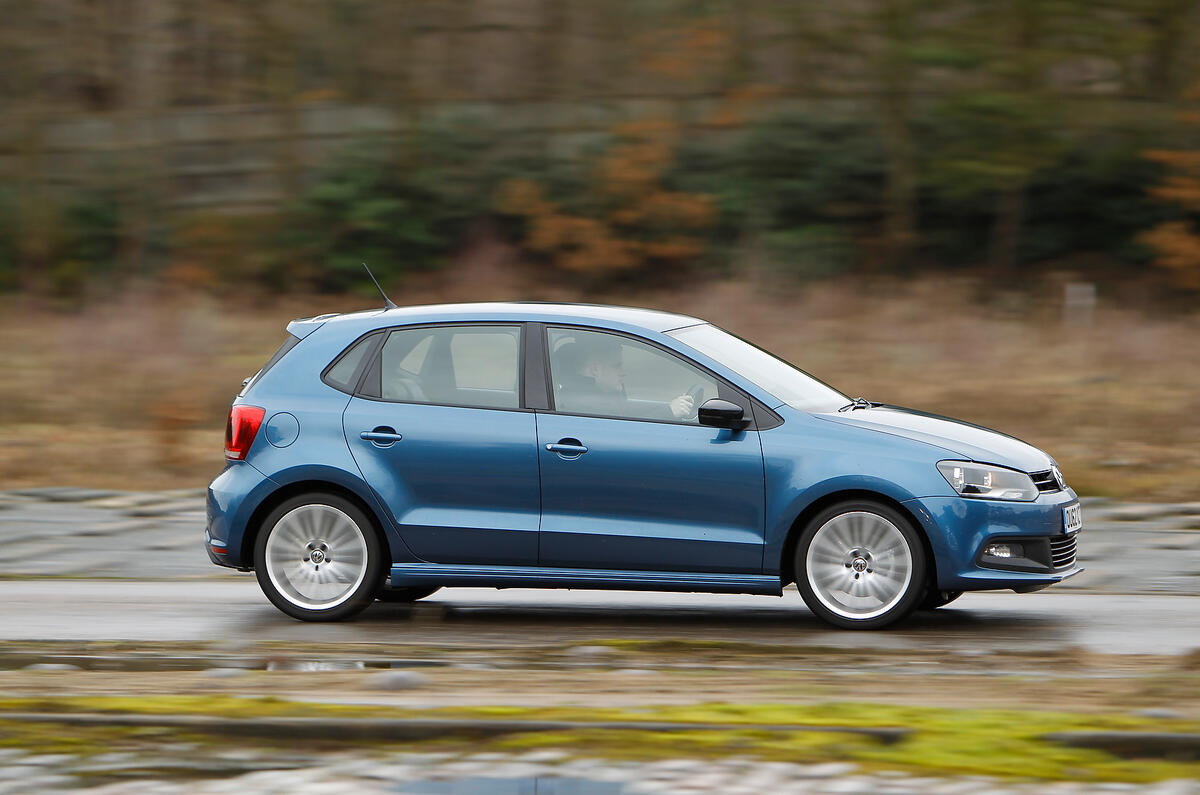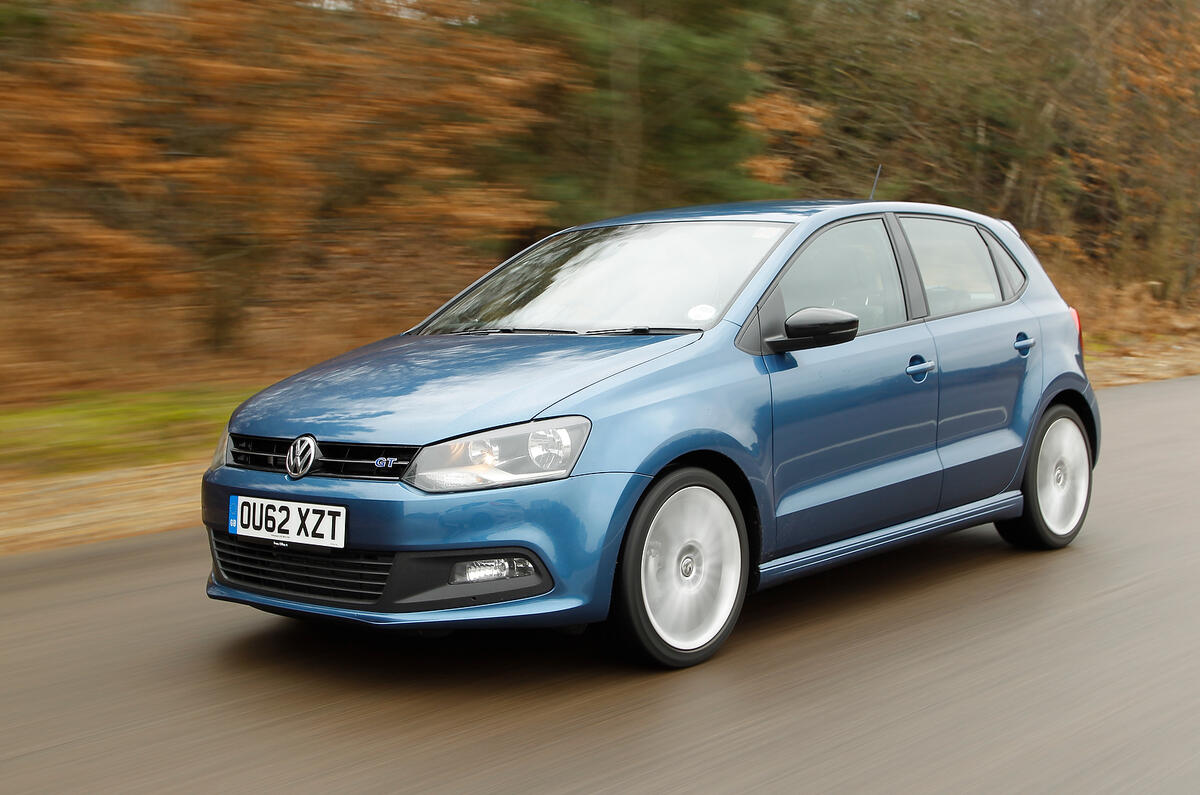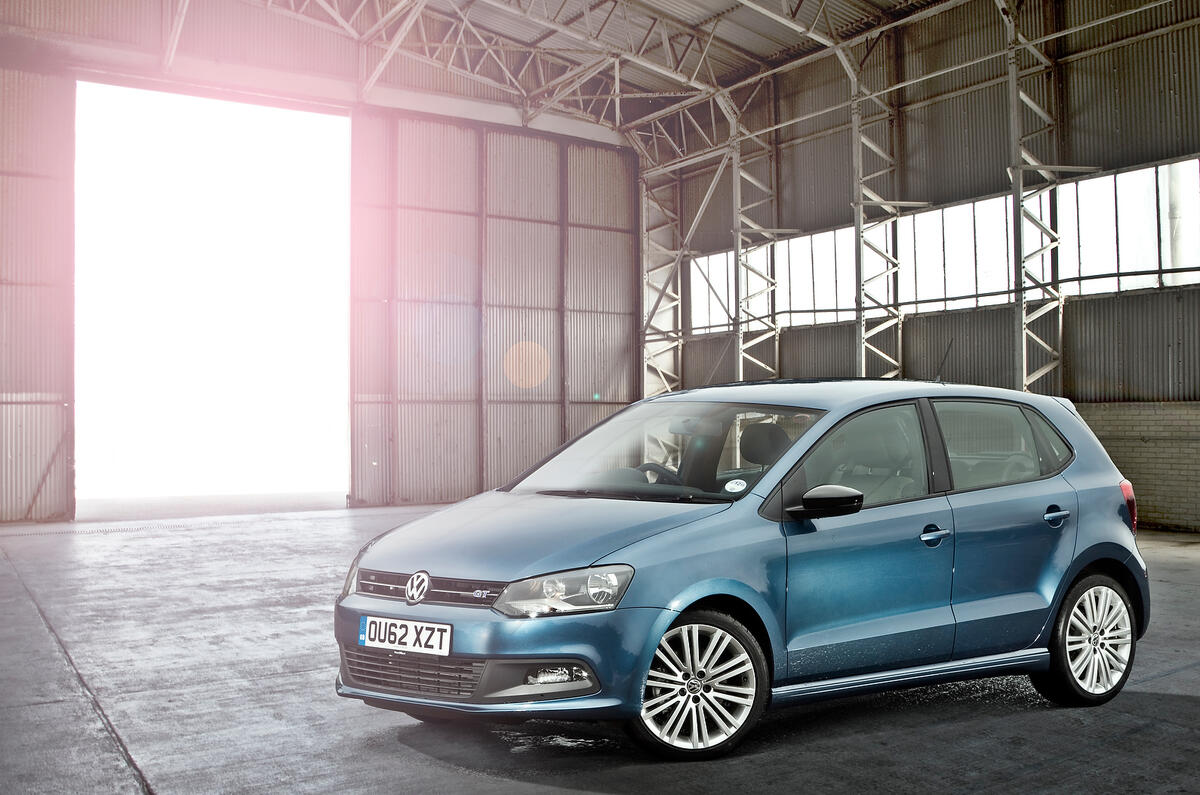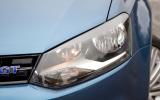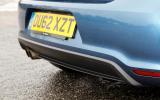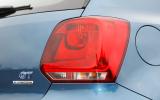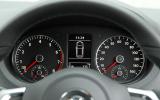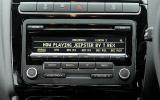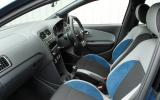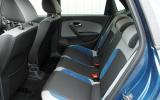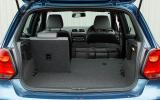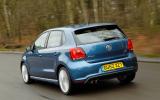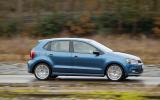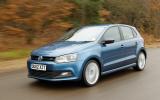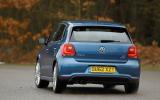The Volkswagen Polo BlueGT owes its existance to the eco-minded Polo BlueMotion from 2006 as it does from a long line of performance models, culminating in the current Polo GTI.
It's certainly a product of rising fuel prices and ever-increasing taxes for polluting vehicles. Its 138bhp motor emits 107g/km, but still enables a 7.5sec 0-62mph time to be recorded. The former has much to do with the car's cylinder cutoff technology - which turns off two of the four cylinders when cruising - while the former is aided by a healthy 184lb ft of torque.
If ever proof were needed of the benefits of downsizing and the march of eco-technology, the Polo BlueGT is it. Its performance matches that of the 2006 Polo GTI, but emissions have been reduced by 42 percent, and fuel economy is improved to the tune of 25mpg using official figures.
Of course, you'll not find the fizziness of a hard-tuned petrol engine here. Those thrills are reserved for the hotter GTI.
But as a car that blends hot hatch performance of a few years ago with eco car economy, it impresses strongly.
But therein lies the rub. It is a compromise between frugality and fun. The harder-edged GTI is offered for those wanting to eek out the maximum fun from every journey. The BlueGT is more of an all-round package offering warm performance.


